My favourite painting: Ruth Rogers
'It was a painting I knew well from photographs and books, but nothing prepared me for the power of seeing it in front of me.'
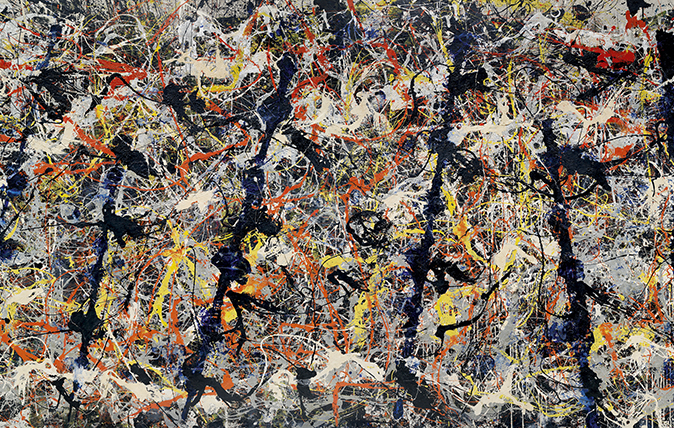
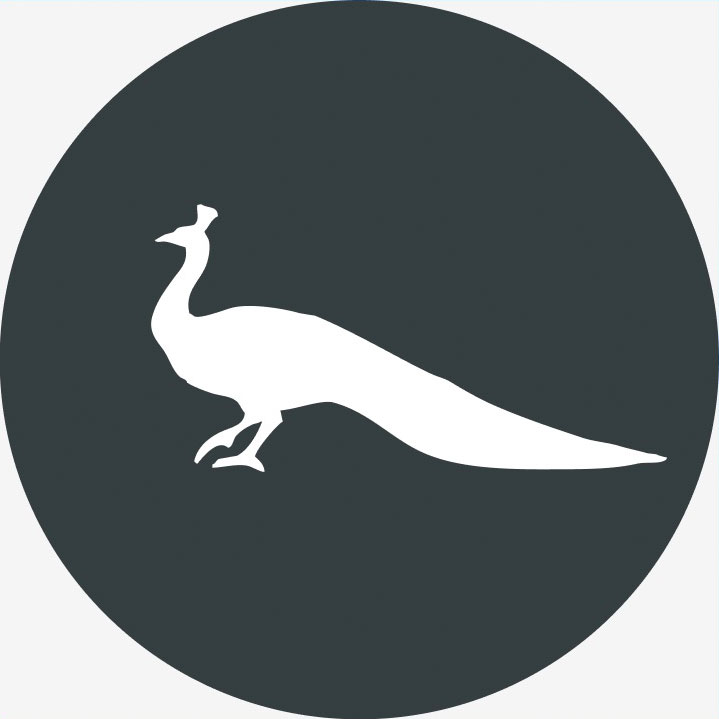
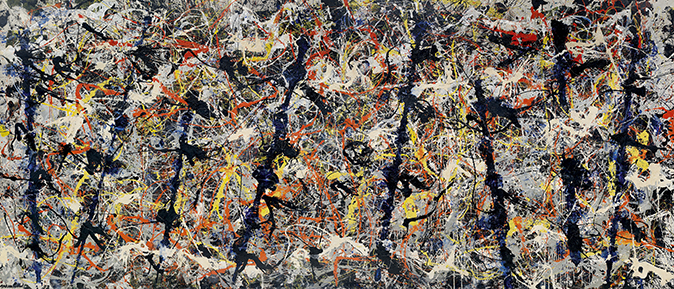
Blue Poles, 1952, by Jackson Pollock (1912–56), 7ft by 16ft, National Gallery of Australia, Canberra, Australia
Ruth Rodgers says:
I went to the “Abstract Expressionism” exhibition at the Royal Academy knowing that this masterpiece would be there. It was a painting I knew well from photographs and books, but nothing prepared me for the power of seeing it in front of me, with its giant sloping verticals receding and advancing. Paintings are meant to stay in their canvas; this one seemed like it wanted to escape – or perhaps, with its incredible energy, it already had. Blue Poles left me baffled, exhilarated and in love – a love that was all the more intense and poignant because I knew it was just a matter of time before we would be separated by the huge distance between London and Australia. But it was a love that distance could not dilute and a love that would stay with me forever.
Ruth Rogers is the chef owner of The River Cafe in London, which recently celebrated its 30th birthday with a new cookbook, River Cafe 30.
John McEwen comments on Blue Poles:
Pollock’s Blue Poles was bought in 1973 with the approval of Gough Whitlam, Australia’s Labour Prime Minister, for A$1.3 million – a world-record price for an American painting and generally derided as an example of Socialist financial ineptitude. Sydney’s Daily Mirror bannered: ‘Barefoot drunks painted our $1m masterpiece.’ It is currently insured for A$350 million (about £197m), the most expensive, hence famous, paint- ing in Australasia.
In 1952, Pollock had his first show in Paris and was included in ‘15 Americans’ at New York’s Museum of Modern Art. His New York solo show, in which Blue Poles (originally Number 11) first appeared, was named second best of the year by Art News magazine. The two pre-eminent New York art critics rated him the best contemporary American painter and the prototypical ‘Action Painter’, as Harold Rosenberg dubbed the ‘Abstract Expressionist’ style.
However, Pollock’s success was professional, not financial. Of his most famous paintings today, only half a dozen sold during his lifetime, half of them in his last year, and for relatively small sums. The most expensive cost $8,000, to be paid over four years. This meant that he and his wife, the painter Lee Krasner, could barely survive. His fellow artist Tony Smith wrote: ‘The financial pinch must have been terrible… I think Jackson started to drink again… out of despair.’
Some disapproved of Pollock’s subsequent change of title, considering it too narrowly descriptive. This was the last of his large (‘mural’) paintings, briefly destined for a Catholic church to be designed by Smith, a Catholic (the project fell through). The brilliant curator Bryan Robertson, Pollock’s foremost English champion, considered it a ‘definitive summing-up’.
Sign up for the Country Life Newsletter
Exquisite houses, the beauty of Nature, and how to get the most from your life, straight to your inbox.

My favourite painting: James Naughtie
'The word that comes to my mind is always humanity, even when there isn’t a person to be seen in
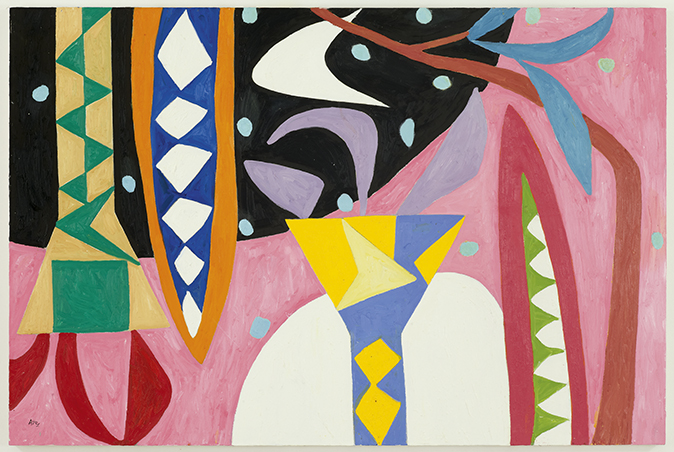
My favourite painting: Alexandra Pringle
'There is something about the combination of gorgeous colour and shape, of abstraction that echoes natural forms that I find
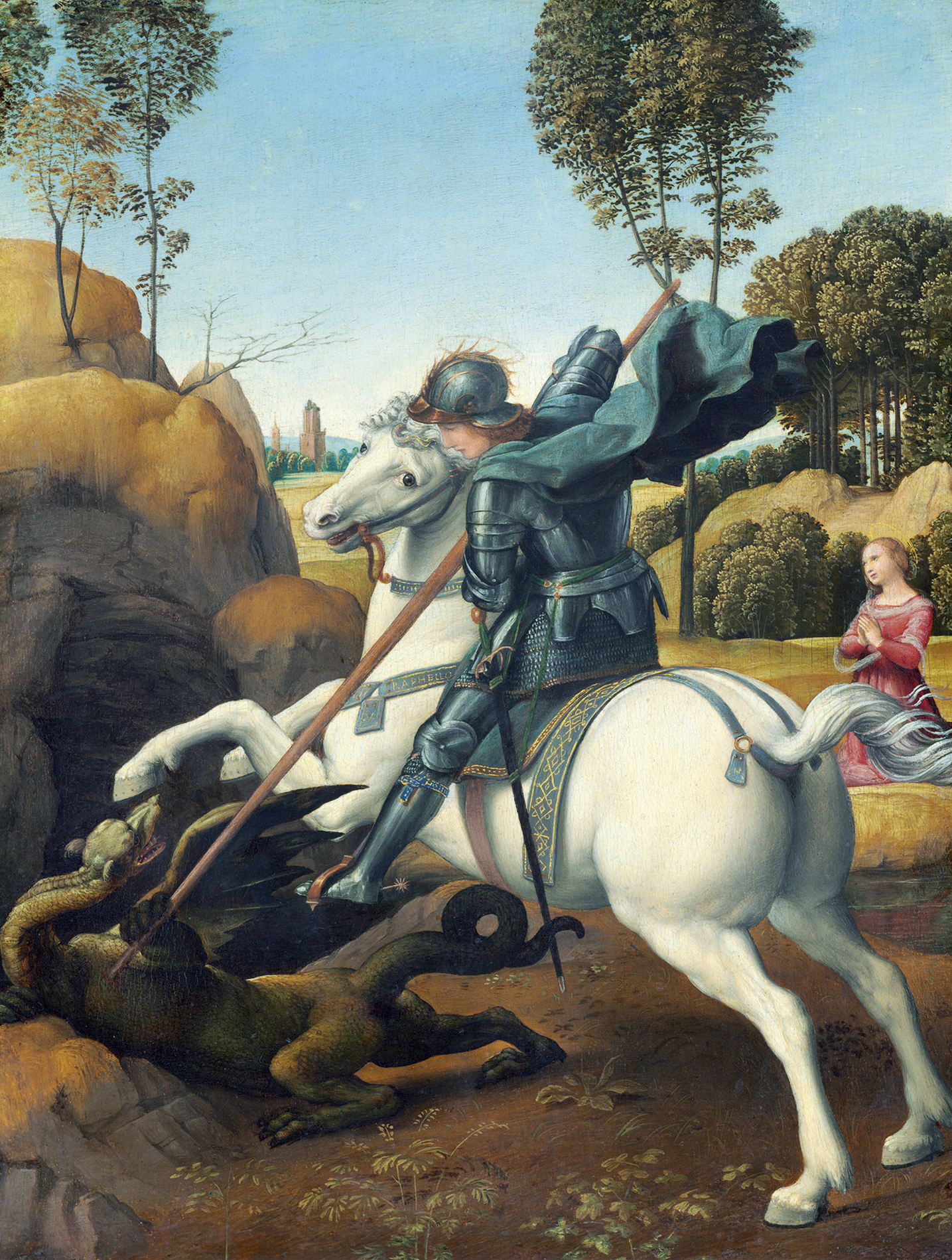
My favourite painting: David Cannadine
'...more memorable and exquisite than his celebrated Madonnas.'
Country Life is unlike any other magazine: the only glossy weekly on the newsstand and the only magazine that has been guest-edited by HRH The King not once, but twice. It is a celebration of modern rural life and all its diverse joys and pleasures — that was first published in Queen Victoria's Diamond Jubilee year. Our eclectic mixture of witty and informative content — from the most up-to-date property news and commentary and a coveted glimpse inside some of the UK's best houses and gardens, to gardening, the arts and interior design, written by experts in their field — still cannot be found in print or online, anywhere else.
-
 Vertigo at Victoria Falls, a sunset surrounded by lions and swimming in the Nile: A journey from Cape Town to Cairo
Vertigo at Victoria Falls, a sunset surrounded by lions and swimming in the Nile: A journey from Cape Town to CairoWhy do we travel and who inspires us to do so? Chris Wallace went in search of answers on his own epic journey the length of Africa.
By Christopher Wallace
-
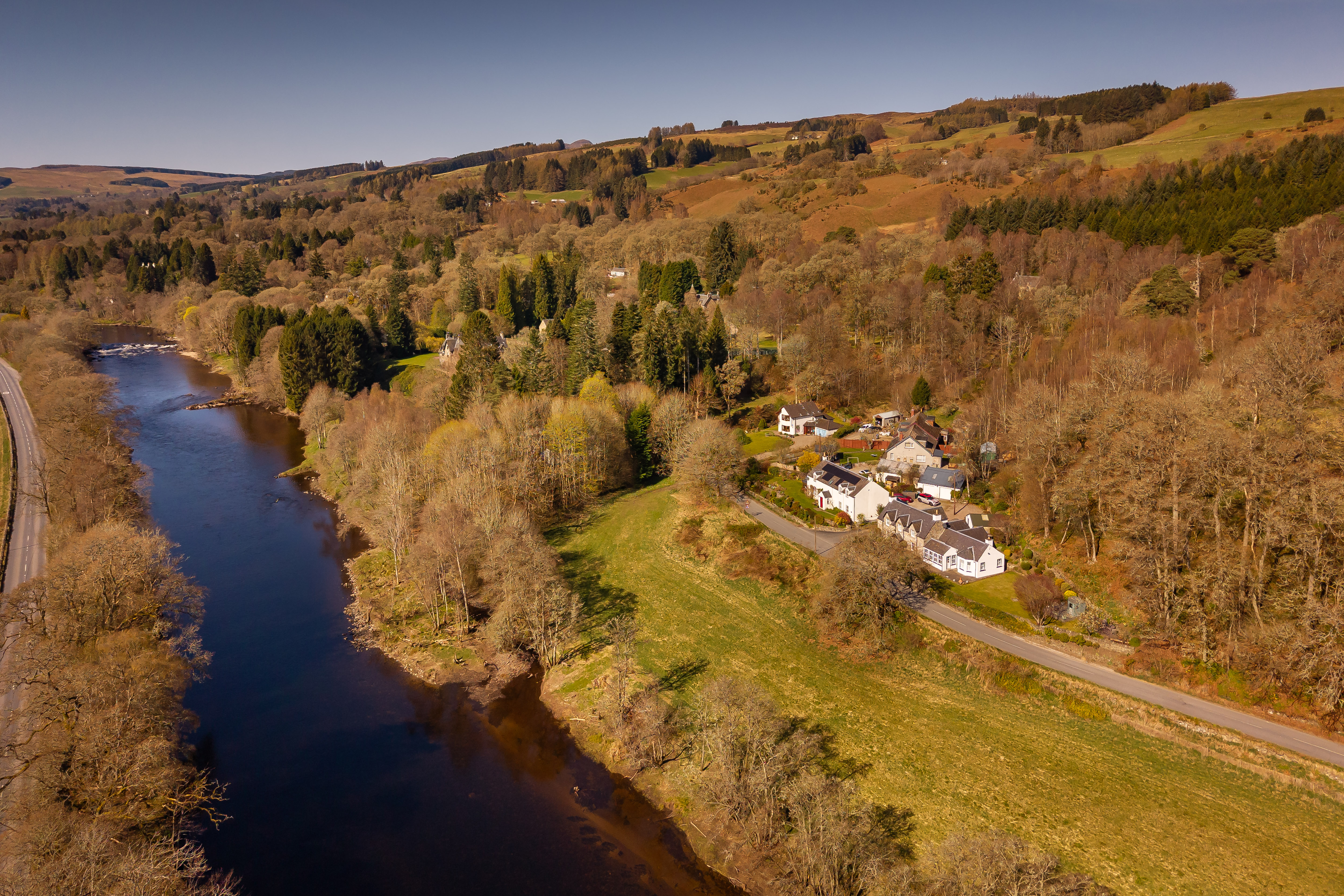 A gorgeous Scottish cottage with contemporary interiors on the bonny banks of the River Tay
A gorgeous Scottish cottage with contemporary interiors on the bonny banks of the River TayCarnliath on the edge of Strathtay is a delightful family home set in sensational scenery.
By James Fisher
-
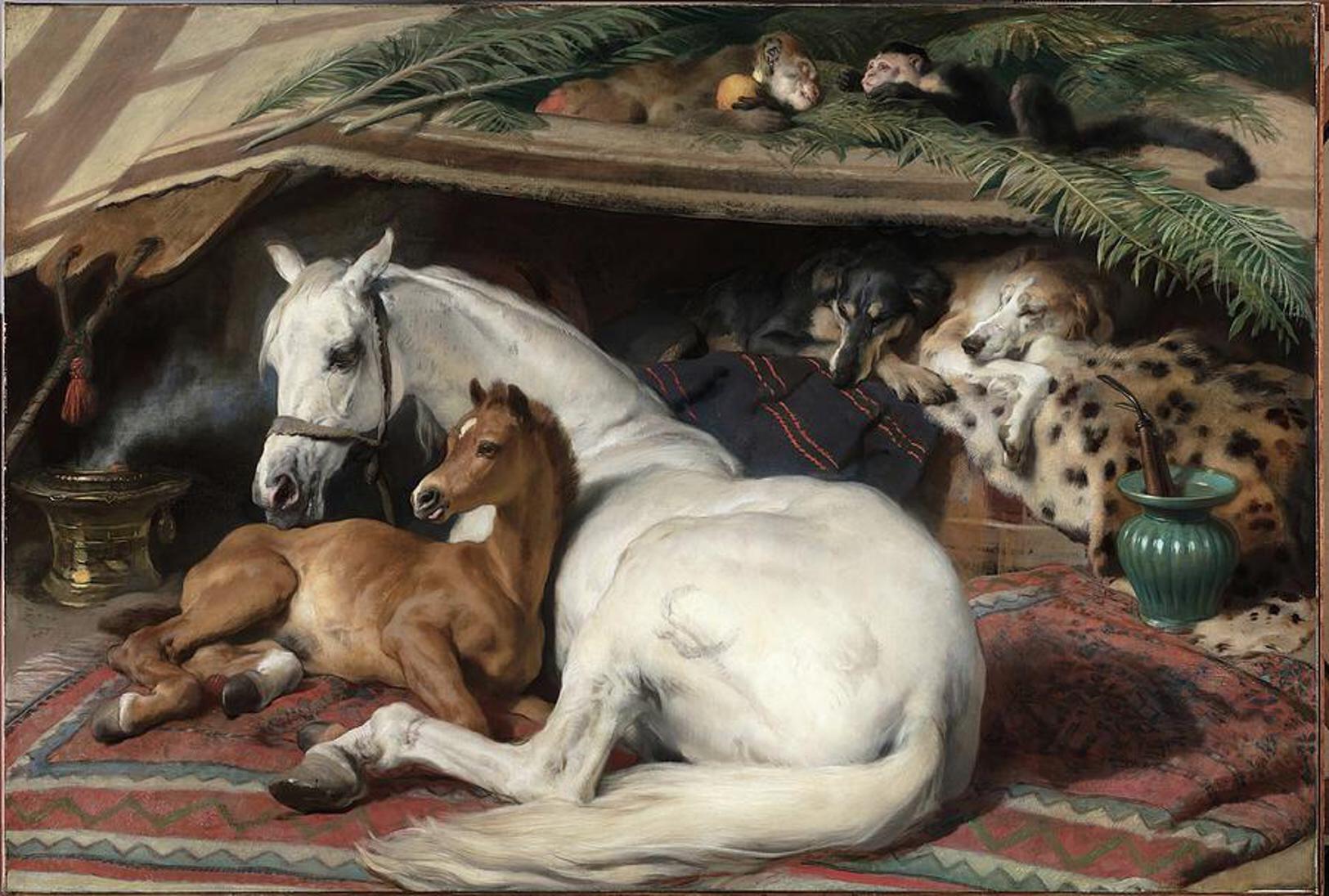 'As a child I wanted to snuggle up with the dogs and be part of it': Alexia Robinson chooses her favourite painting
'As a child I wanted to snuggle up with the dogs and be part of it': Alexia Robinson chooses her favourite paintingAlexia Robinson, founder of Love British Food, chooses an Edwin Landseer classic.
By Charlotte Mullins
-
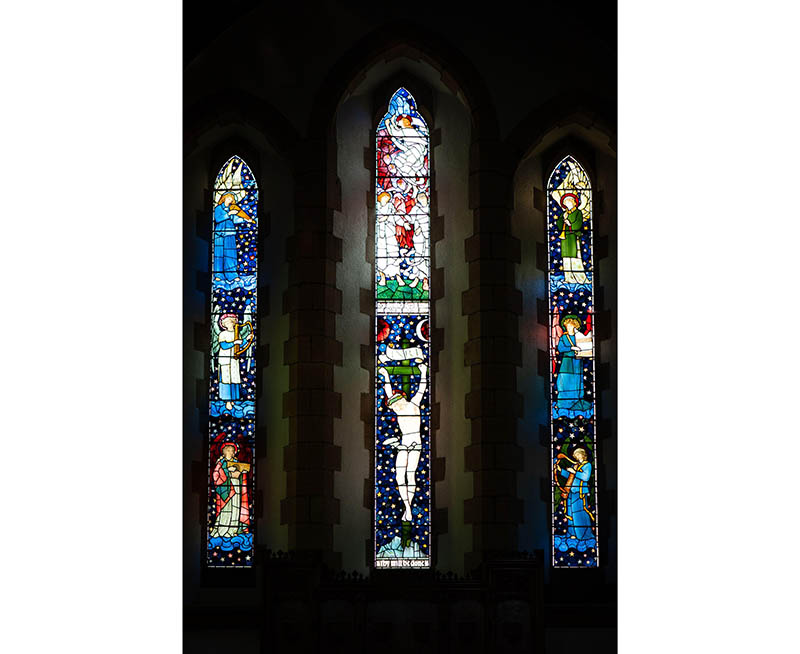 The Pre-Raphaelite painter who swapped 'willowy, nubile women' for stained glass — and created some of the best examples in Britain
The Pre-Raphaelite painter who swapped 'willowy, nubile women' for stained glass — and created some of the best examples in BritainThe painter Edward Burne-Jones turned from paint to glass for much of his career. James Hughes, director of the Victorian Society, chooses a glass masterpiece by Burne-Jones as his favourite 'painting'.
By Charlotte Mullins
-
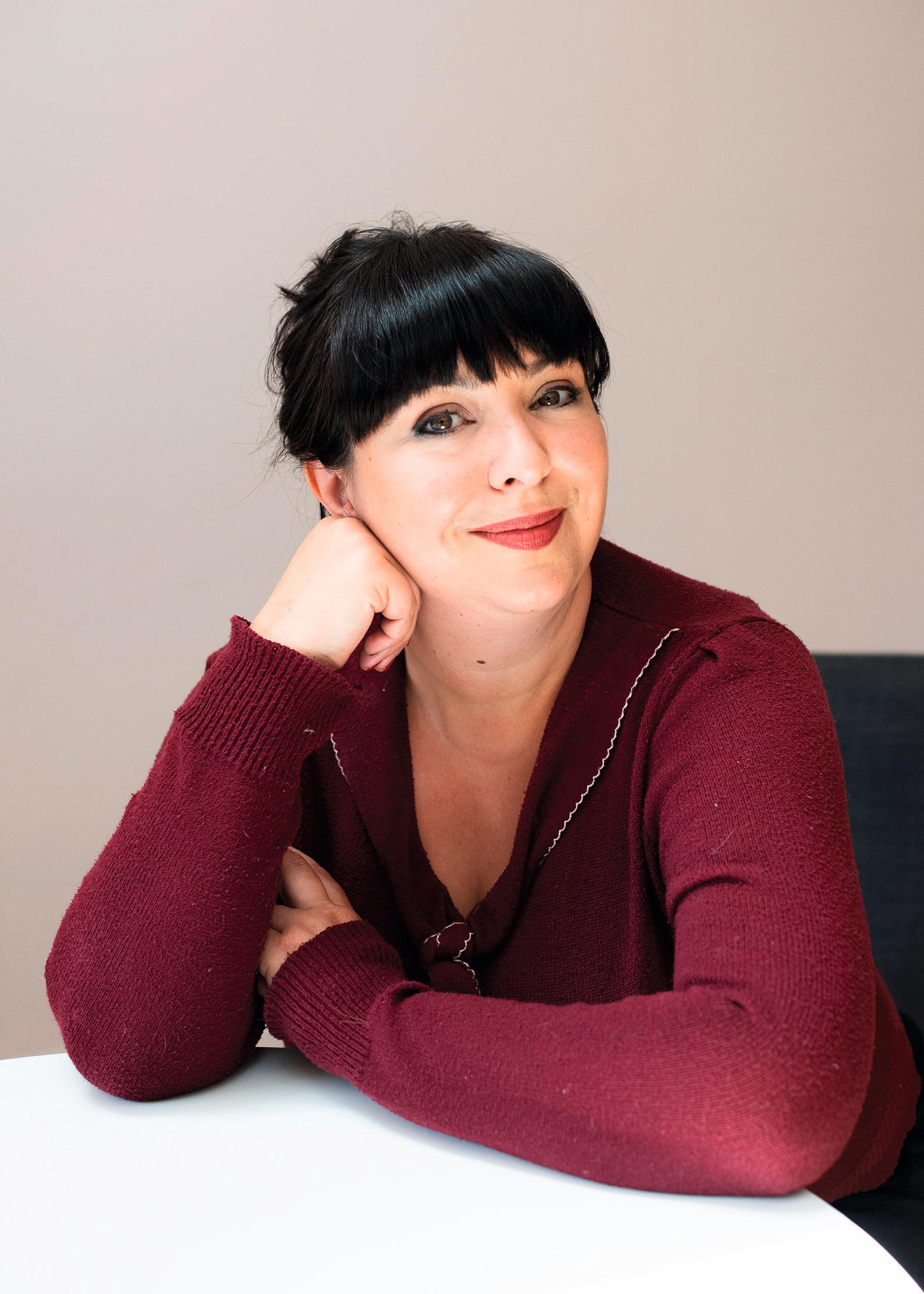 'I can’t look away. I’m captivated': The painter who takes years over each portrait, with the only guarantee being that it won't look like the subject
'I can’t look away. I’m captivated': The painter who takes years over each portrait, with the only guarantee being that it won't look like the subjectFor Country Life's My Favourite Painting slot, the writer Emily Howes chooses a work by a daring and challenging artist: Frank Auerbach.
By Toby Keel
-
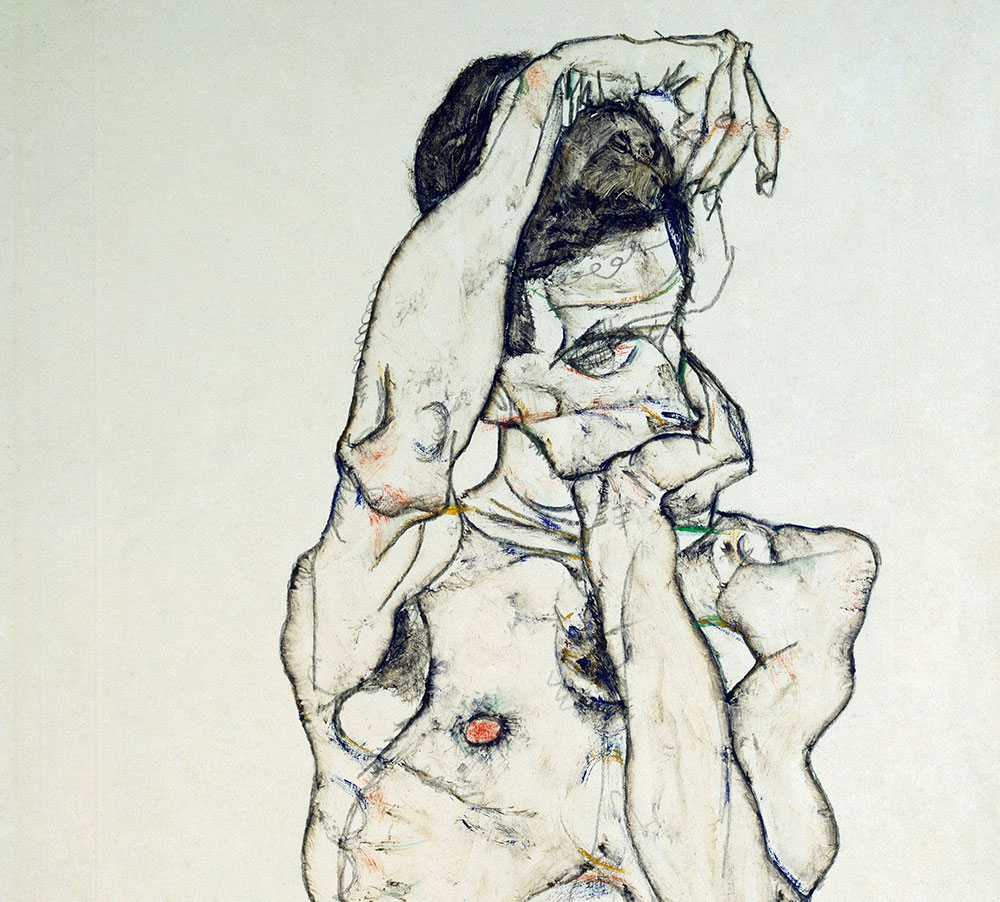 My Favourite Painting: Rob Houchen
My Favourite Painting: Rob HouchenThe actor Rob Houchen chooses a bold and challenging Egon Schiele work.
By Charlotte Mullins
-
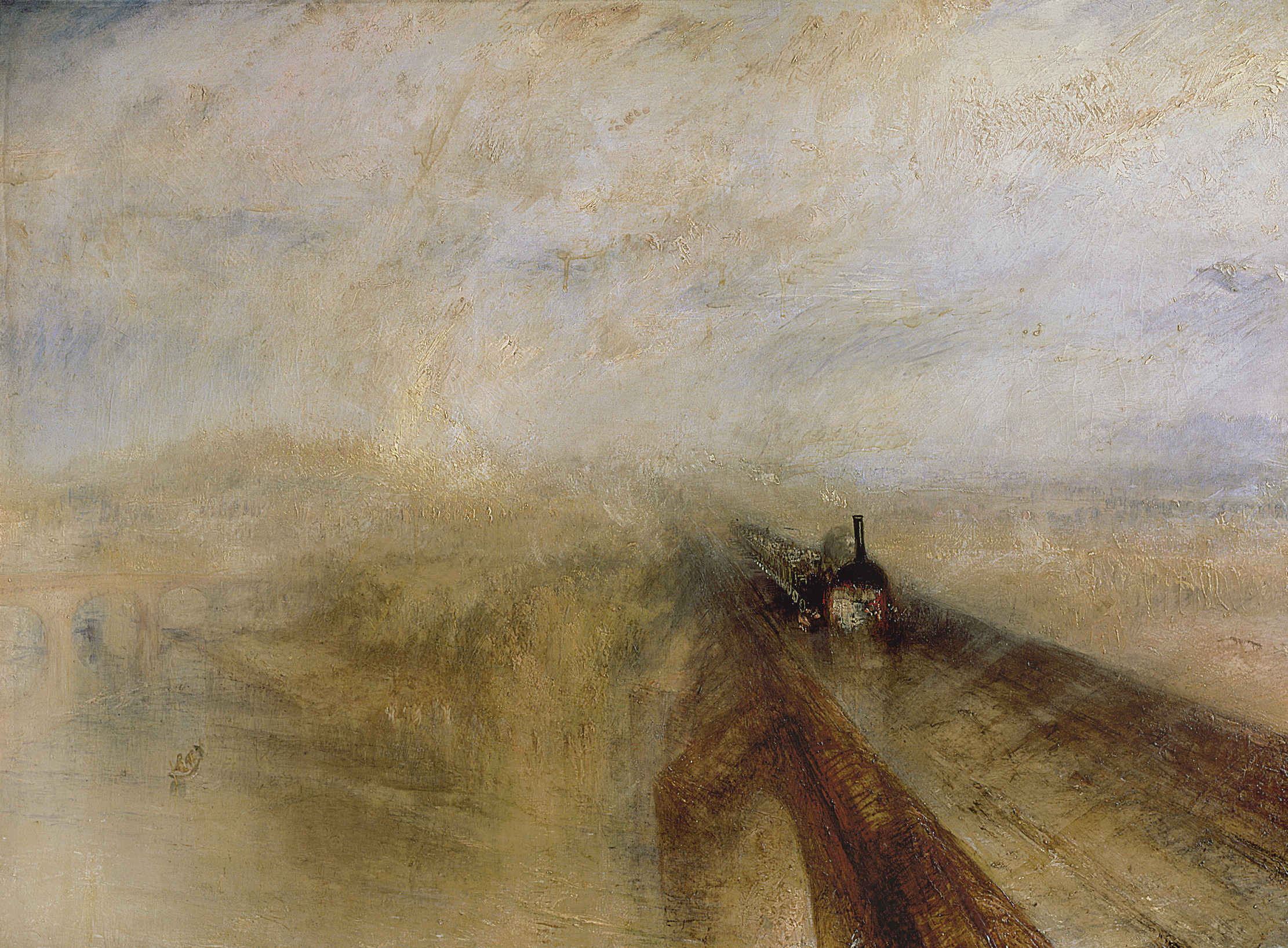 My Favourite Painting: Jeremy Clarkson
My Favourite Painting: Jeremy Clarkson'That's why this is my favourite painting. Because it invites you to imagine'
By Charlotte Mullins
-
 The chair of the National Gallery names his favourite from among the 2,300 masterpieces — and it will come as a bit of a shock
The chair of the National Gallery names his favourite from among the 2,300 masterpieces — and it will come as a bit of a shockAs the National Gallery turns 200, the chair of its board of trustees, John Booth, chooses his favourite painting.
By Toby Keel
-
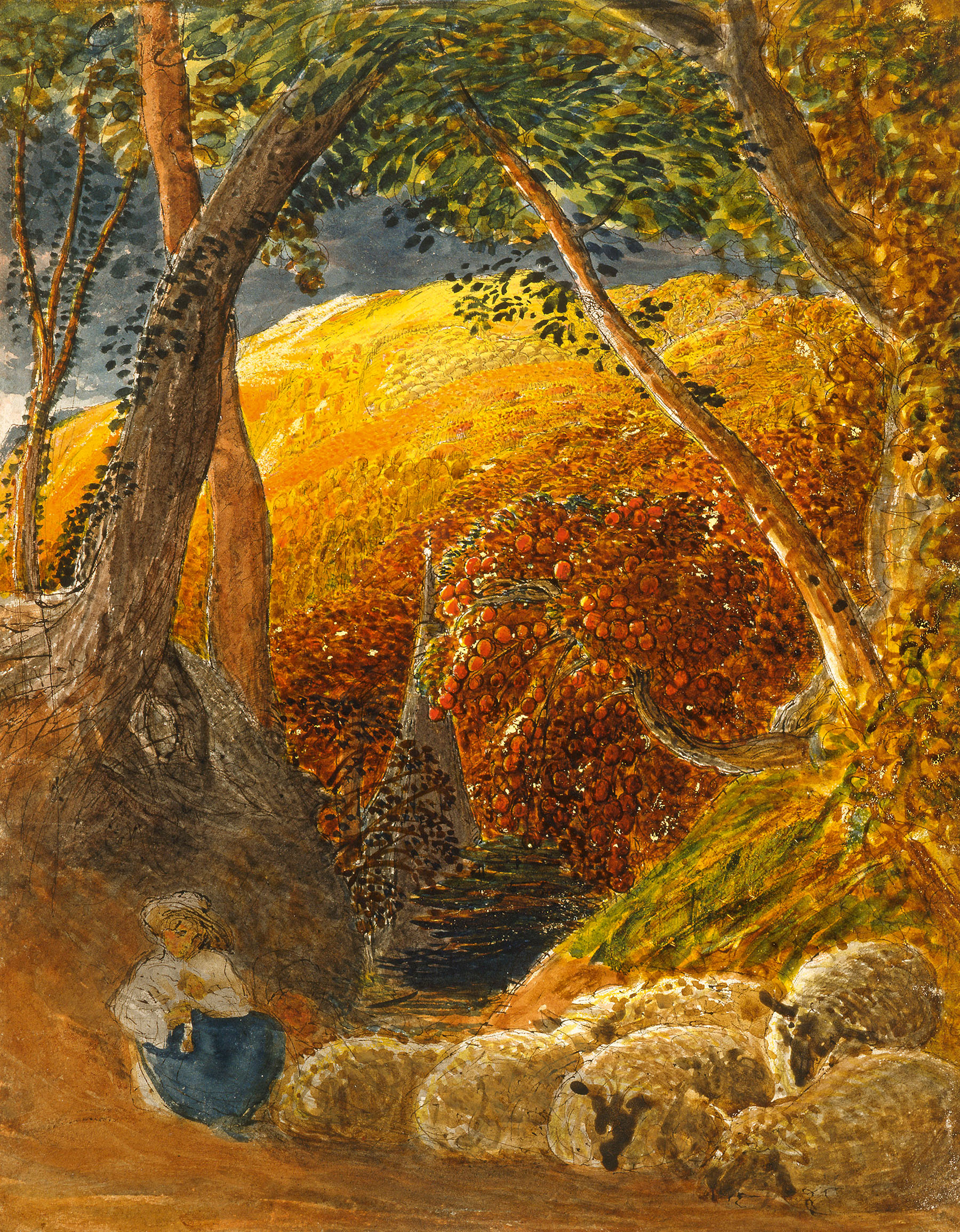 'A wonderful reminder of what the countryside could and should be': The 200-year-old watercolour of a world fast disappearing
'A wonderful reminder of what the countryside could and should be': The 200-year-old watercolour of a world fast disappearingChristopher Price of the Rare Breed Survival Trust on the bucolic beauty of The Magic Apple Tree by Samuel Palmer, which he nominates as his favourite painting.
By Charlotte Mullins
-
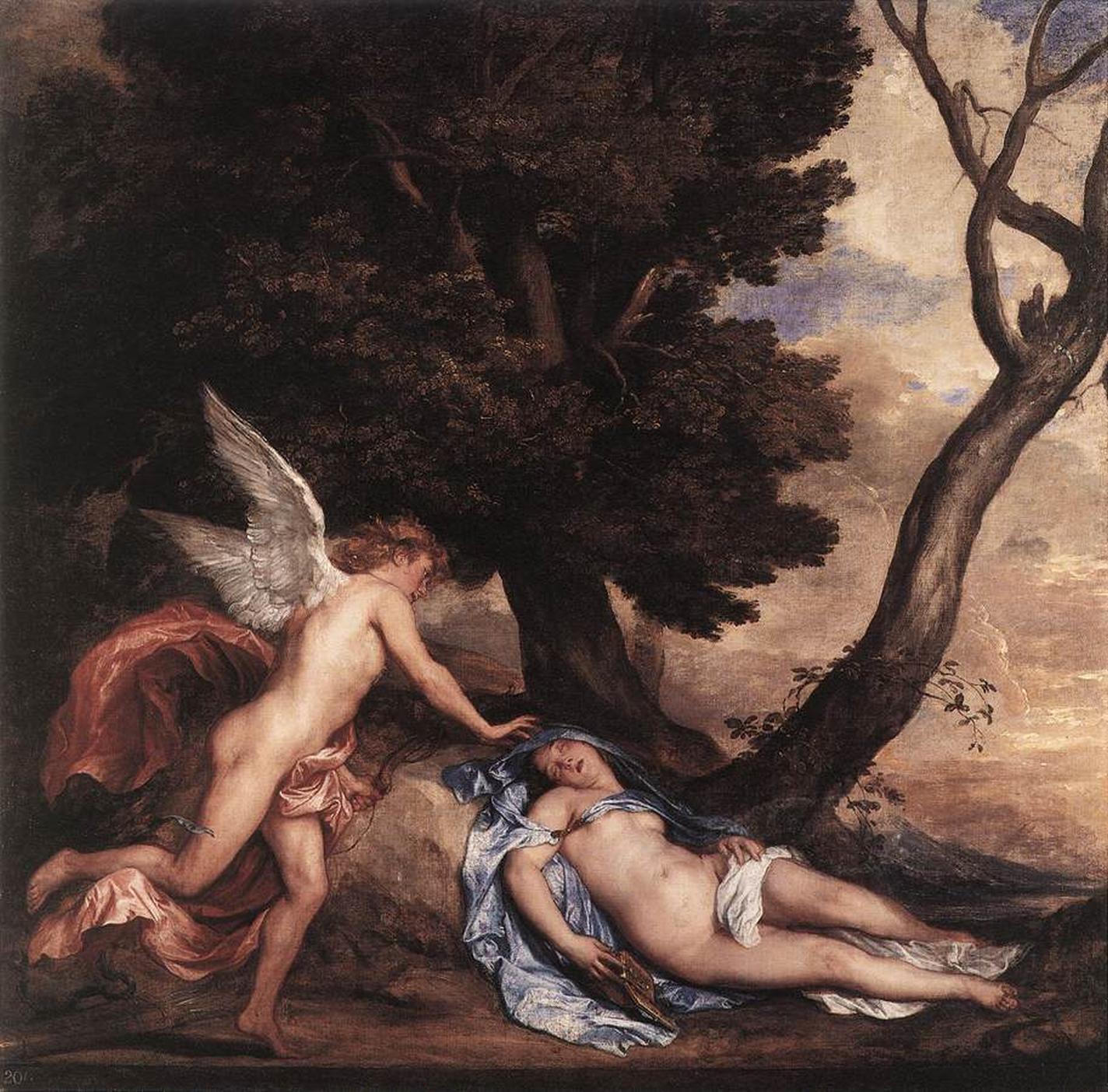 My favourite painting: Andrew Graham-Dixon
My favourite painting: Andrew Graham-Dixon'Lesson Number One: it’s the pictures that baffle and tantalise you that stay in the mind forever .'
By Country Life